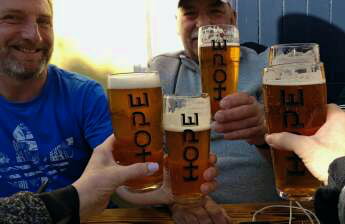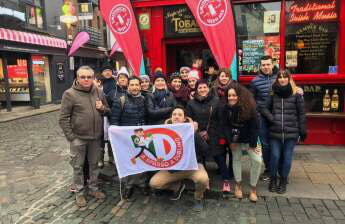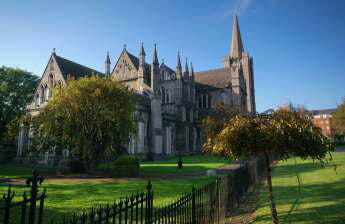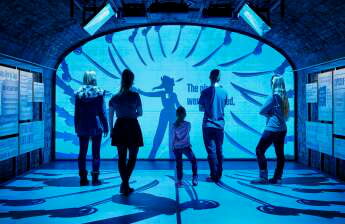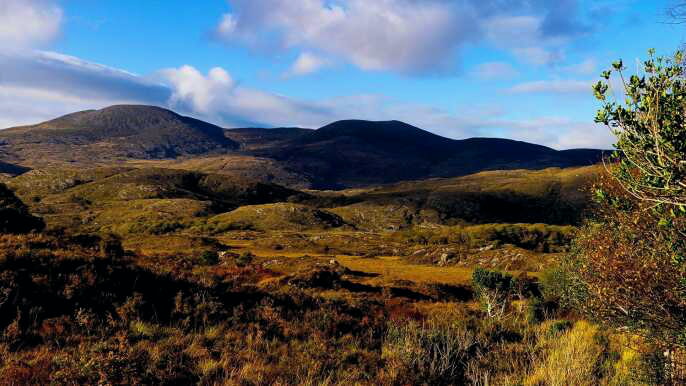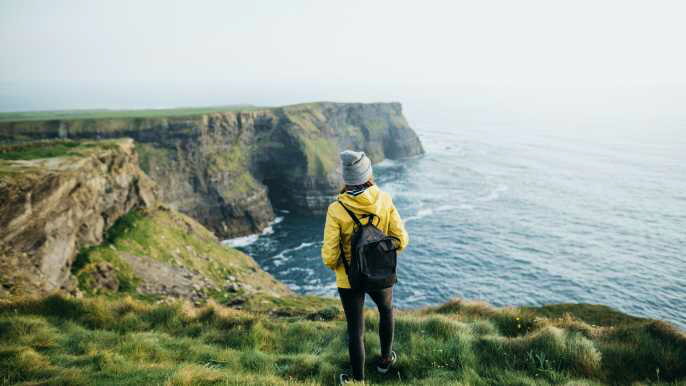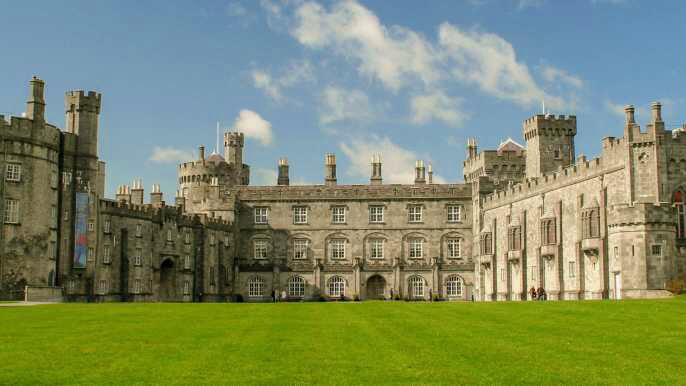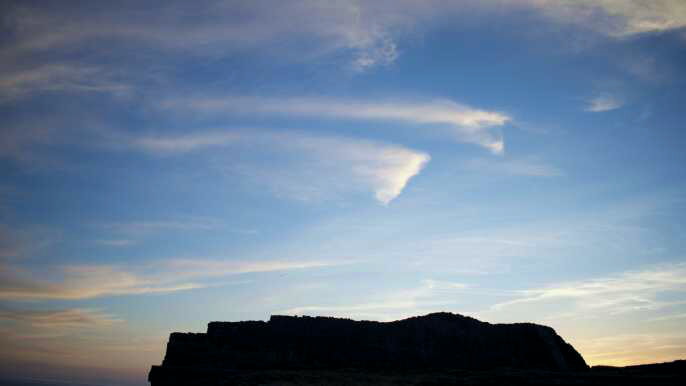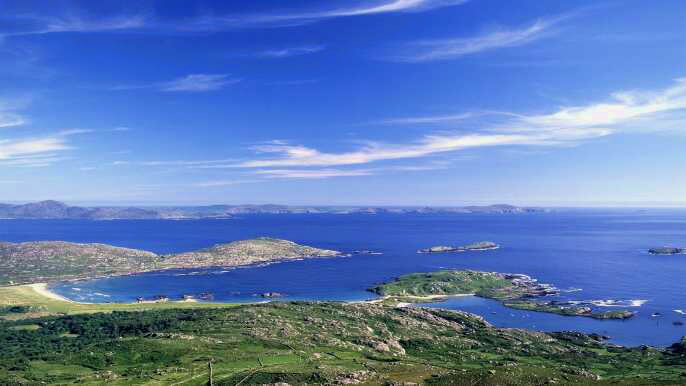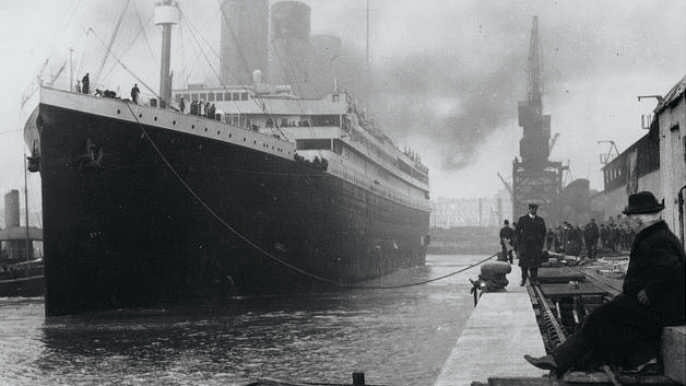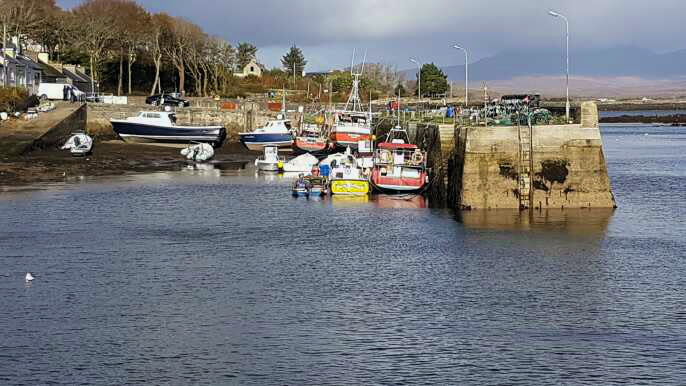Whether you're visiting for the first time or you're looking for something new to do while you're in Dublin, Ireland, there are some great things you can do to get the most out of your time in this beautiful city. Here are some of the most popular things to see and do while you're in the capital of the Republic of Ireland.
Guinness Storehouse
Located in Dublin, the Guinness Storehouse is a must see for any traveler. It's a great way to experience 250 years of Irish history. The exhibits are interactive, and there are also bars and restaurants.
The Guinness Storefront is a self-guided tour featuring seven floors of displays. It's a great way to get an idea of how the brewery makes its famous black beer. The displays are all accompanied by an audio guide. The website says that visitors can make it through the seven floors in about an hour and a half.
The Guinness Storehouse is open everyday except for Good Friday and Christmas. It's a busy tourist attraction during the summer. It is located on the south side of Dublin. It is located near Heuston Station, and is easy to access from the city center.
The Guinness Storehouse has several ticket options. You can purchase a regular tour or a one-day pass. The tickets are non-refundable, but you can change your reservation up to 72 hours before you visit. The cost is EUR54 for a standard family ticket. If you're a senior citizen, you can receive a discount. Kids under 17 can enter for free.
Book of Kells
Located in the heart of Dublin, the Old Library and Book of Kells Exhibition is one of the most popular attractions in Ireland. This must-see attraction is open seven days a week. It houses the Book of Kells, which is the world's most famous illuminated manuscript. It contains four Gospels from the New Testament in Latin.
The Book of Kells was written in the ninth century. It is a beautiful, ornate and illuminated manuscript. The book has been on display in the Old Library of Trinity College in Dublin since the nineteenth century. It is the most important medieval illuminated manuscript in the world. Its artwork combines the traditional Hiberno-Saxon style with an Irish touch.
In 2006, Trinity College published a digital copy of the book. It was rescanned in high resolution and is now available for free to the public. The book is also available for viewing on the website of the National Museum of Ireland.
The Book of Kells was originally housed at the abbey of Kells in County Meath. However, the book was stolen in 1007 CE. After being recovered, it was sent to Dublin for safekeeping.
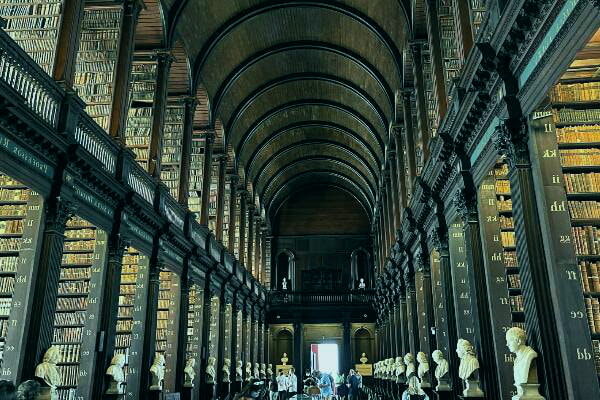
Christ Church Cathedral
Located in the former medieval Gothic Quarter, Christ Church Cathedral in Dublin is one of Ireland's oldest buildings. It was first built as a wooden structure in the 11th century. It was rebuilt in stone after an Anglo-Norman invasion led by Strongbow.
The original foundation was extended into a cruciform layout in 1171. Anglo-Norman magnates completely rebuilt the building in the 12th century. In 1670, six new bells were cast for the tower.
A mummified cat is said to have been spotted inside the pipe of the organ in the 1860s. It is thought to have been the victim of a thief.
The cathedral is a popular tourist attraction. It is often used for filming. It also hosts major national events and ceremonies. It has the largest crypt in the British Isles. The crypt contains historical treasures.
Christ Church Cathedral is the main church of the Anglican Church of Ireland. The Roman Catholic Holy See claims that it is the rightful seat of the Roman Catholic archbishop. However, it receives no regular state support.
Dublin Flea Market
Founded in 2008, Dublin Flea Market is a non-profit organization that promotes a green lifestyle. The organization aims to foster community and collaboration, as well as find new life for old objects.
The market is located at the Digital Hub on Thomas Street in the heart of the city. It is open on the last Sunday of the month from 11am to 5pm.
The market has more than 40 stalls, including a few of the more unique items. These stalls range from clothes to decorative items. The stalls also include some of the best bargains in Dublin.
The Dublin Vintage Market displays antique maps, retro furniture, and artisanal items. You'll also find modern clothing and jewelry. There's even a beer garden for you to enjoy while you're in the market.
The Dublin Flea Market has more than 40 stalls, including some of the more unique items. These stalls include clothes, decorative items, and some of the best bargains in Dublin. The stalls also include some of their own homemade cakes and falafels.

Newbridge House and Farm
Located in North County Dublin, Newbridge House and Farm is an 18th century Georgian mansion and farm. Its interiors are one of the best-preserved in Ireland. The farm is home to a variety of animals including Connemara ponies, pigs, sheep, and chicks. It also offers a variety of activities, such as guided tours and farmyard discovery trails.
The Cobbe family has lived in this historic house for many centuries. The family is known for their collection of Old Master portraits, family pictures, and furniture. They have also created a museum (known as the Cabinet of Curiosities) full of oddities and antiquities. The collection is a testament to the 300-year history of the Cobbe family.
The Newbridge House and Farm is managed by Shannon Heritage, a member of the Shannon Group. It is part of Fingal's award-winning heritage attractions. The site is open to the public daily.
The guided tour of the house begins at 10am every day. Visitors can see the house's interiors and learn about three centuries of Irish history. The house features a cafe and a children's playground. It's a great place for a family day out.
Kilmainham Gaol
During the time of the Great Famine, people were forced to break the law for food, and many ended up in Kilmainham Gaol. It was a grim place to spend the night, and it wasn't heated. They were housed in cells that were 28 square meters. Each cell had four or five men and women. They received one blanket and a candle every two weeks.
As the famine worsened, the number of prisoners at Kilmainham increased dramatically. Among them were Young Irelanders and political prisoners.
During the Easter Rising of 1916, hundreds of captured rebels were held at Kilmainham. These included Charles Stewart Parnell and the Countess Markievicz. Patrick Pearse and Michael O'Hanrahan were also incarcerated at Kilmainham. These were leaders of the Irish nationalist movement. They were eventually executed.
The Easter Rising of 1916 was a historic event that led to Irish independence. It was the beginning of the Irish Citizens Army, which later became the Irish Volunteers. The Gaol was a key location for this rebellion.
As well as holding political prisoners, the Gaol was a detention centre for convicted criminals. Thousands of convicts from the north of Ireland were processed through Kilmainham during this period.
Phoenix Park
Located in Dublin, Ireland, Phoenix Park is one of Europe's largest enclosed public parks. With over seven hundred years of history, the park is filled with flora and fauna. It is a great place to visit for a family day out, a picnic or just a walk in the park.
A great way to explore the park is to rent a bike. The Phoenix Park visitor centre offers this service. There are standard, tandem and electric bikes to rent. You can also arrange for a guided tour of the park. These tours last about two to three hours. They include stops to take pictures and information about the park.
There is a huge range of activities available at Phoenix Park. For instance, there are Victorian People's Gardens, which are nine hectares in size and feature a lake, large garden and beautiful flowers. There are also many monuments.
The Papal Cross is one of the most impressive things to see in the park. This large white cross is made of steel girders and is set on a hill with a spectacular view of the city.
Glasnevin Cemetery
Originally known as the Prospect Cemetery, Glasnevin has grown to over 124 acres and is considered to be the "dead center" of Dublin. In addition to being the final resting place of over 1.5 million people, it also hosts numerous museums. The Glasnevin Museum is one of these museums. Designed to highlight Irish history, it has a number of interactive exhibits.
Visitors can explore a virtual tour of the cemetery. The museum has received several awards. In March 2011, it was given the international THEA award for themed entertainment. The museum also features a genealogy office and a restaurant. The museum changes regularly with new exhibits.
The cemetery is also home to many prominent Irish figures. For example, Maria Higgins was buried twice. Her first burial was a part of an inheritance scheme, but her second burial was much later. Her second burial was at the Glasnevin Cemetery.
During the Great Famine of the 1840s, the cemetery was a major place of burial. It was a final resting place for both Catholic and Protestant burials. It also included an area for children who died before baptism.


